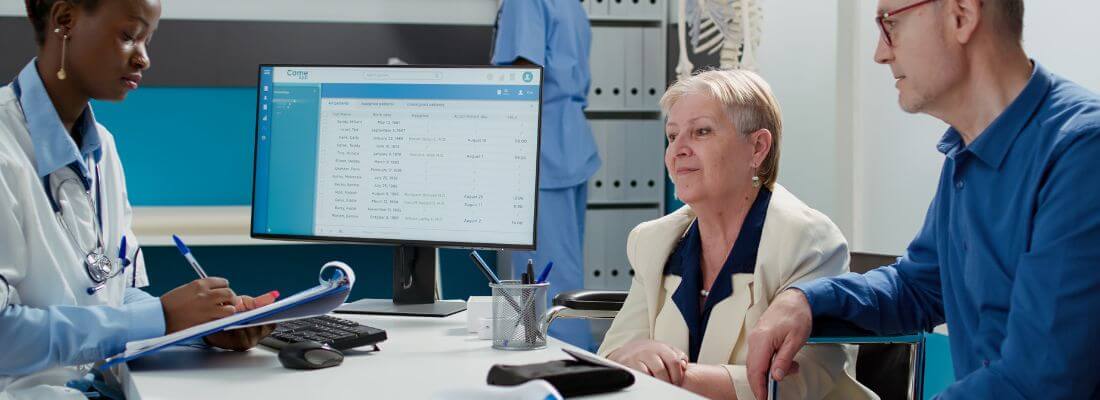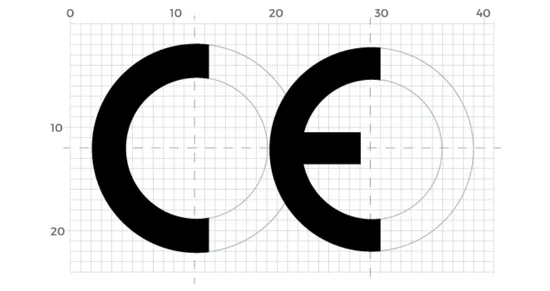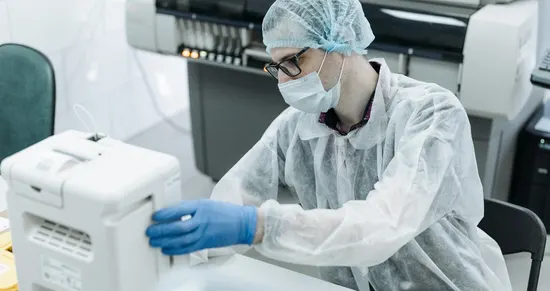Understanding the complex rules of Medical Device Regulatory Affairs is essential for successfully developing and commercialising drug and medical device combinations. These combination products, which integrate drugs and devices, offer innovative solutions for patient care but also present unique regulatory challenges. Understanding and adhering to the FDA regulations for medical devices ensures compliance, streamlines approval processes, and brings safe and effective products to market.
Recommended read: Evolving Role of Regulatory Affairs in Medical Device Industry
Regulatory Overview of Drug-Device Combinations
Drug-device combinations are products that combine elements of both pharmaceuticals and medical devices. The regulatory pathway for these products depends on their primary mode of action (PMOA), which determines whether the product is regulated as a drug, device, or biological product.
- In the U.S. (United States), the Food and Drug Administration (FDA) oversees these products through its Office of Combination Products (OCP), ensuring they meet all necessary safety and efficacy standards.
- On the other hand, The European Union aims to reform its pharmaceutical regulatory system to support drug-device combinations, product information, and pharmacovigilance in Europe. This strategy, aligning with goals set three years prior, impacts Directive 2001/83/EC, Regulation (EC) 726/2004, and guidelines for pediatric and orphan drugs. The April 2023 reform ensures patients’ access to medications and secure supplies by updating regulations to reflect scientific, technological, and environmental advancements.
Suggested Read: Navigating Regulatory Challenges For Drug-Device Combination Products in EU
Key Considerations for Regulatory Operations
Here are some key considerations for regulatory operations in the medical field, each explained to highlight its importance:
Product Classification & Regulatory Pathways
Determining the correct classification of a combination product is a critical first step in the regulatory process. The PMOA dictates that the lead FDA centre—either the Center for Drug Evaluation and Research (CDER) or the Center for Devices and Radiological Health (CDRH)—be responsible for the product’s review. Accurate classification ensures that the appropriate regulatory requirements are identified and followed, facilitating a smoother approval process.
Scientific & Technical Requirements
Combination products must satisfy both drug and device regulatory requirements, encompassing aspects such as quality control, manufacturing practices, and clinical evaluations. Compliance with current Good Manufacturing Practice (cGMP) regulations is mandatory to ensure product quality and consistency. Additionally, comprehensive scientific data demonstrating the product’s safety and effectiveness is essential for regulatory submissions.
Patient Care & Usability Testing
It is vital to ensure that combination products are user-friendly and meet patient needs. Human factors engineering and usability testing assess how patients and healthcare providers interact with the product, identifying potential use-related risks and mitigating them to enhance safety and effectiveness. This focus on usability is particularly important in medical device regulatory affairs, where device design directly impacts patient outcomes.
Post-Market Monitoring
After a combination product enters the market, ongoing surveillance is required to monitor its performance and identify adverse events. Establishing robust post-market surveillance systems enables manufacturers to detect potential issues early and implement corrective actions promptly, maintaining compliance with regulatory affairs standards.
Staying Updated with Guidelines
The regulatory landscape for combination products is continually evolving. Staying informed about the latest FDA guidelines, industry standards, and best practices is vital for maintaining compliance. Regularly consulting FDA guidance documents and participating in industry forums can help manufacturers keep abreast of changes in FDA regulations for medical devices.
Best Practices for Streamlining Regulatory Operations
Streamlining regulatory operations involves engaging regulatory authorities early in the development process, fostering cross-functional collaboration, maintaining efficient documentation practices, and implementing robust risk management plans. These best practices ensure compliance, improve efficiency, and enhance the quality and safety of medical products. Let’s explore these best practices in detail.
Early Regulatory Involvement
Engaging with regulatory experts early in the product development process can identify potential challenges and streamline the path to market. Early interaction with the FDA through pre-submission meetings provides valuable feedback and clarifies regulatory expectations, reducing the risk of costly delays. This proactive method is a cornerstone of effective regulatory strategy.
According to the FDA, combination product constituent parts must:
- Be different product types (e.g., a drug and a biological product, not two drugs)
- Include FDA-regulated medical products (e.g., a drug and not an FDA-unregulated dietary supplement)
- Be specifically labelled for use with each other (e.g., a syringe labelled for general use and packaged separately from a drug is not considered a combination product).
Cross-Functional Collaboration
Successful combination product development requires collaboration among various departments, including regulatory affairs, research and development, quality assurance, and marketing. Cross-functional teams confirm that all aspects of the product meet regulatory requirements and align with business objectives, facilitating cohesive regulatory submissions.
Efficient Documentation
Maintaining thorough and organised documentation is essential for regulatory compliance. Implementing electronic document management systems can enhance efficiency, ensure data integrity, and facilitate timely regulatory submissions. Proper documentation supports transparency and traceability, which are critical in regulatory compliance.
Risk Management Plans
Developing comprehensive risk management plans helps identify, assess, and mitigate potential risks associated with combination products. Adhering to standards such as ISO 14971 ensures a systematic method of risk management, which is integral to medical device compliance and overall product safety.
Maven’s Approach to Optimizing Drug-Device Combination Regulations
Maven specialises in navigating the complexities of regulatory affairs, offering expert guidance on FDA medical device registration and FDA device approval processes. Our team stays up-to-date on the latest developments in regulatory affairs, ensuring that your combination products comply with current standards and reach the market efficiently.
We provide tailored regulatory strategy development, assist with meticulous regulatory submissions, and support post-market surveillance activities. Our cross-functional approach assures that all aspects of your product, from development to commercialisation, adhere to regulatory pathways and maintain the highest standards of quality and safety.
Conclusion
Achieving regulatory compliance for drug-device combination products is a multifaceted effort that demands a deep understanding of both pharmaceutical and medical device regulations. Manufacturers can navigate the regulatory landscape effectively by focusing on accurate product classification, adhering to scientific and technical requirements, ensuring patient-centric design, and maintaining robust post-market monitoring.
Implementing best practices such as early regulatory involvement, cross-functional collaboration, efficient documentation, and comprehensive risk management further streamlines the process. Partnering with experts like Maven Profcon Services LLP can provide the necessary support to optimise your regulatory operations, ensuring that your innovative combination products reach the market successfully and improve patient care.
Staying informed and proactive about pharmaceutical regulatory affairs and FDA regulations for medical devices is essential for complying with and succeeding in the evolving landscape of combination products.
References







